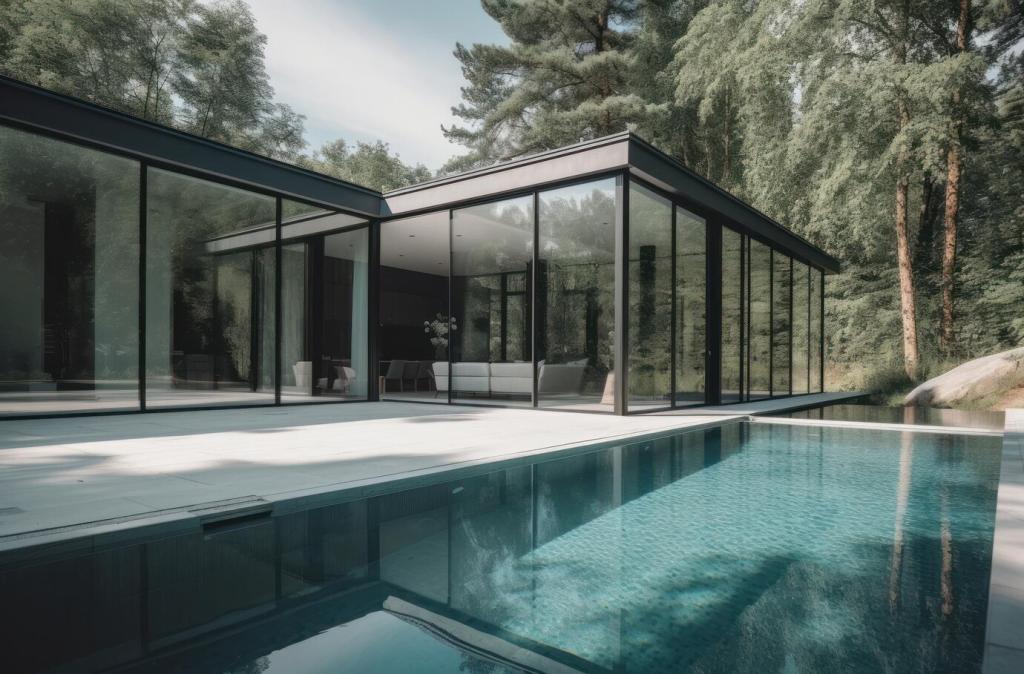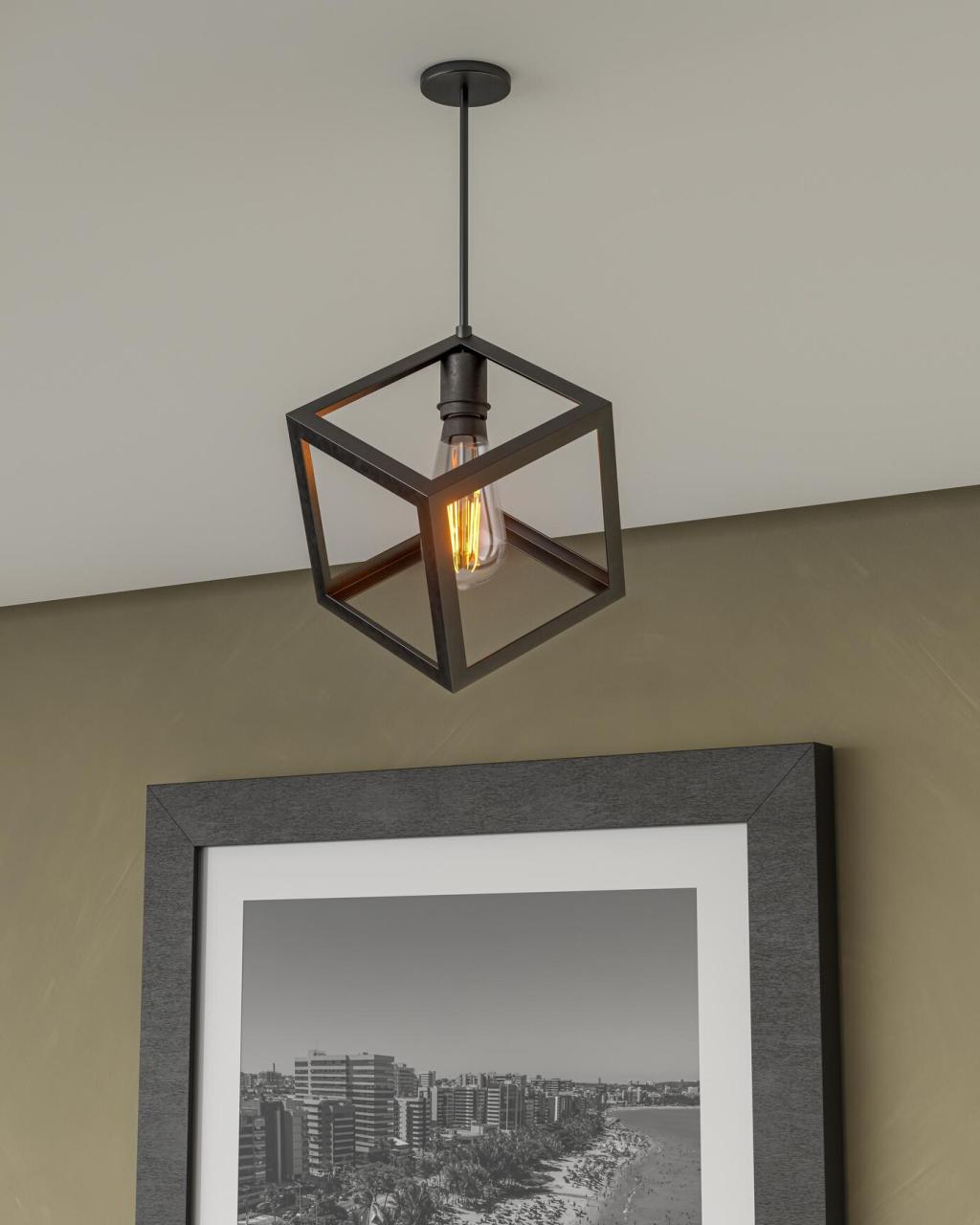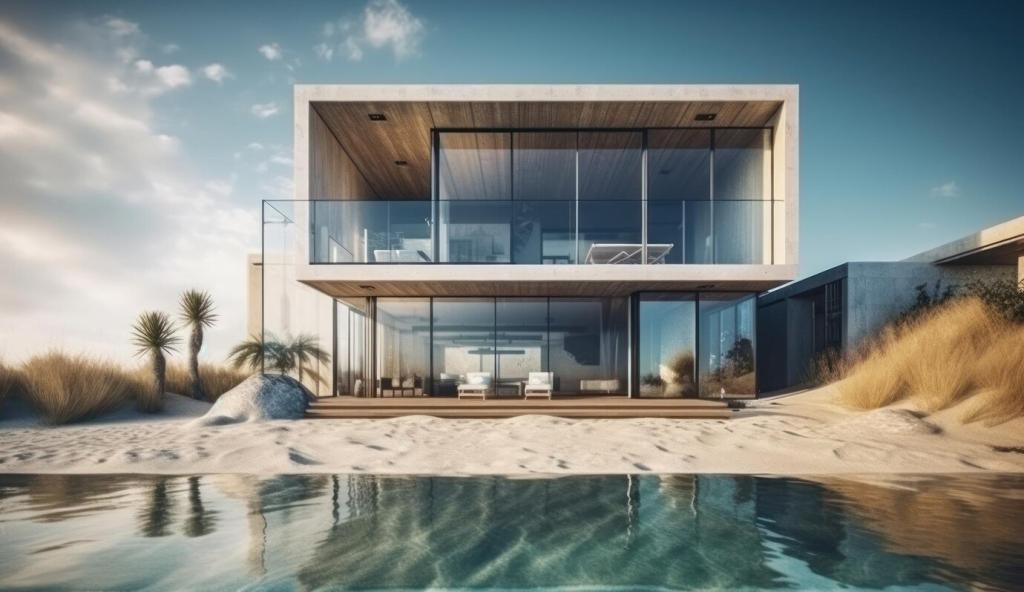Creating a Minimalist Living Space
Designing a minimalist living space is more than just removing clutter; it’s about creating an environment that fosters peace, functionality, and style with intention. Embracing minimalism allows you to focus on what truly matters by eliminating excess and choosing meaningful pieces. This guide explores essential strategies and mindsets to help you craft a home that is both serene and inviting, regardless of its size. Discover how to transform any space into a harmonious retreat that reflects your values, promotes relaxation, and maximizes efficiency.


To start your journey toward a minimalist living space, it’s crucial to reflect on your motivations. Are you looking for a stress-free environment, improved focus, or perhaps easier upkeep? Identifying your personal reasons will provide a powerful anchor during decluttering and designing. The clarity that comes from knowing your why ensures that each choice you make is grounded in purpose, resulting in a space that not only looks minimal but also aligns with your deeper life goals.

The process of simplifying your home involves much more than disposing of possessions. Letting go can sometimes be emotionally challenging, as objects often carry memories or perceived value. Addressing these attachments with compassion and honesty is essential. Evaluate what genuinely adds value to your life and what serves no meaningful purpose. This act of intentional letting go leads to a more peaceful environment, where every remaining item is selected with care.

Embracing minimalism is not a one-time overhaul but an ongoing commitment to maintaining simplicity. Building habits that support a clutter-free space, such as regular assessments of your belongings and mindful purchasing, will ensure your living environment continues to support your well-being. By cultivating awareness and resisting the urge for unnecessary accumulation, you preserve the harmony and spaciousness that minimalism brings.
Optimizing Space and Layout
The Power of Negative Space
Negative space, or the room left unoccupied by objects, is a hallmark of minimalist design. By intentionally leaving areas clear, you give your senses a rest and allow focal points to shine. Balancing furniture and décor with generous breathing room makes spaces feel larger, lighter, and more tranquil. This deliberate use of emptiness shapes an environment that is both visually appealing and mentally soothing, encouraging relaxation within your home.
Functionality First
A minimalist living space prioritizes utility above excess. Each piece of furniture and design element must serve a distinct, often dual, purpose. Thoughtfully selecting versatile furnishings, such as tables with storage compartments or modular seating, reduces the need for multiple items and streamlines the layout. This approach not only optimizes space but also ensures that your home remains practical and adaptable to different needs or occasions.
Seamless Flow and Movement
One of the most transformative aspects of a minimalist layout is the ease of movement it provides. Uncluttered pathways and intuitive arrangement of furniture foster a natural flow from one area to another. This seamless transition makes a home feel more harmonious and comfortable, supporting your daily routines with minimal interruption. When spaces are well-organized and accessible, you experience a greater sense of freedom and tranquility.
Previous
Next
Choosing Minimalist Design Elements
Color selection sets the tone for a minimalist living space. Neutral hues like whites, beiges, and soft greys act as a calming backdrop, enhancing the perception of spaciousness. Accents are used sparingly to introduce warmth or highlight specific features without overwhelming the eye. Consistency in color creates visual harmony, tying together different rooms and reinforcing a sense of unity and calm throughout your home.
